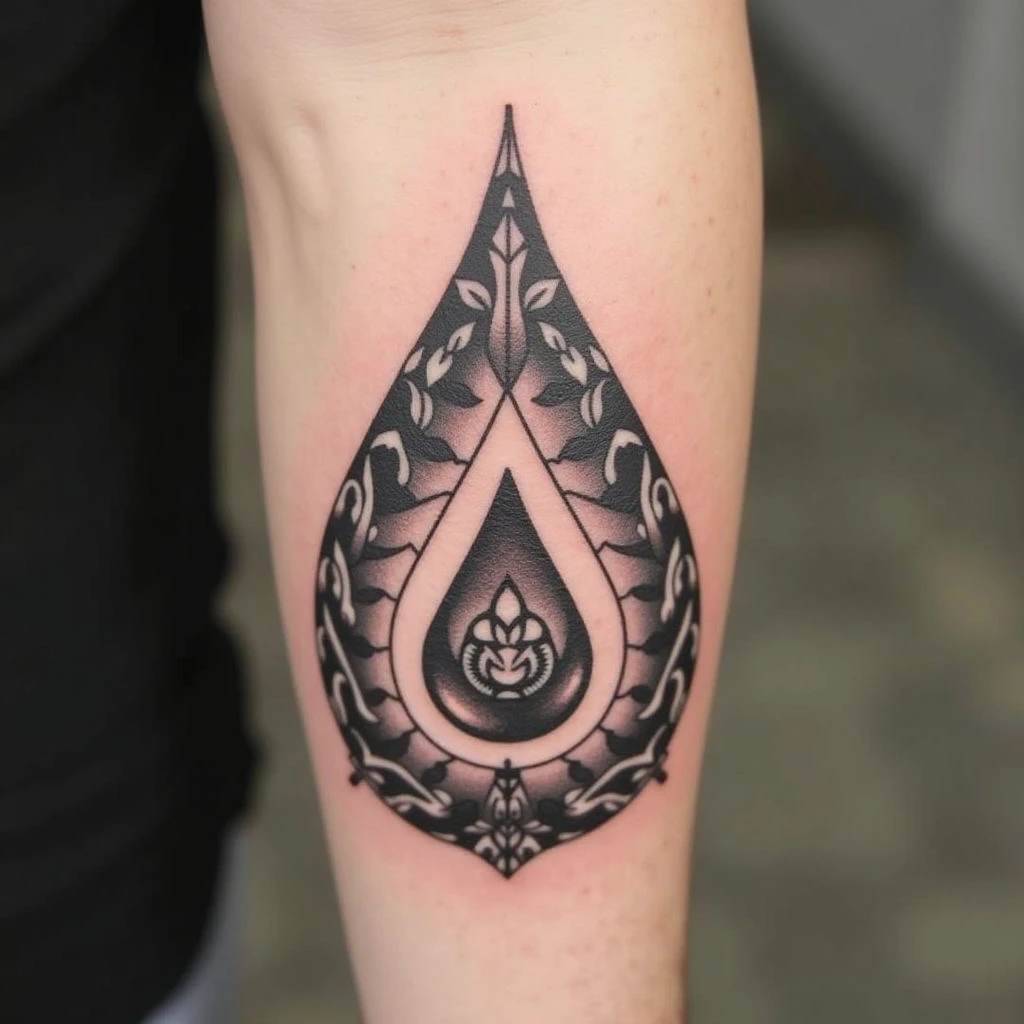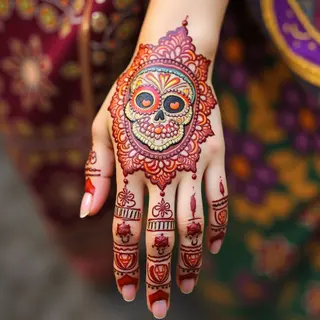Understanding Teardrop Tattoos: History, Meaning & Design
Historical Context: Prison Culture & Incarceration
Teardrop tattoos hold a complex and often misunderstood symbolism. Originally popularized within prison culture, they represented years spent incarcerated—one teardrop signifying one year. However, contemporary interpretations extend far beyond this initial association. This guide delves into the history, meanings, and design considerations for teardrop tattoos.
Beyond Prison Walls: Evolving Meanings
In correctional facilities across the United States and globally, a teardrop tattoo became a visual marker of time served. The number of teardrops directly correlated with years spent behind bars. This practice originated as a way to track sentences without relying on verbal communication, which could be unreliable or dangerous within prison walls.
Today, the symbolism of teardrop tattoos has broadened considerably. While some individuals continue to use them to represent their time in prison, others adopt them for personal reasons:
-
Grief & Loss: Teardrops can symbolize mourning and remembrance of loved ones.
-
Resilience: Overcoming adversity and demonstrating strength despite hardships.
-
Remorse/Regret: A visual acknowledgment of past mistakes or actions.
-
Emotional Expression: Representing deep sadness, vulnerability, or a sense of longing.
Design Variations & Placement Considerations
The aesthetic design and placement of teardrop tattoos can further enhance their meaning. Common variations include:
-
Single Teardrops: Often represent a specific event or individual lost.
-
Clusters/Groups: Can symbolize multiple losses or periods of hardship.
-
Geometric Integration: Incorporating geometric elements, such as mandalas or fractals, to add layers of symbolic meaning and visual complexity. This aligns with the principles of sacred geometry—mathematical harmony expressed through form.
Placement is Crucial
The placement of a teardrop tattoo can also carry significance. Common locations include the face (historically linked to prison culture), neck, arms, or chest.


